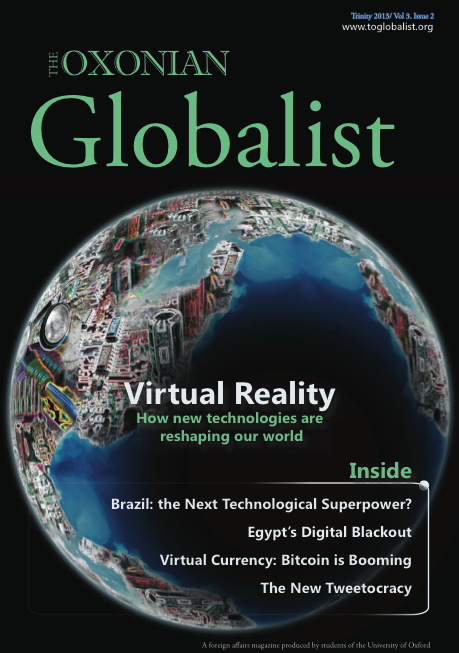
The annual Infernal Party at Oruro Hotel is a hub for electronic music lovers in Bolivia. Photo from barely_legal via flickr.
IF you look around while waiting for a drink at Traffic, a club in La Paz, Bolivia, you might think you were in Paris, London, or New York. Traffic exudes western-style elegance: its bar is fully stocked with Smirnoff and Jack Daniels, and there are light-catching chandeliers hanging above the marble-floored entrance. Most importantly, Traffic is usually immersed in a constant stream of house music, the same stuff you would find in any respectable club in Europe. Bolivia has traditionally been known for traditional South American sounds like cueca, kullawada or huayno. But now, clubs like Traffic are catering to a new taste in Bolivia – electronica.
Step into clubs like Namaste or Blue in La Paz on any Saturday night and you will hear most types of dance music: house, trance, drum ‘n’ bass. Even -, which has only gained mainstream popularity in the UK in the last few years, has a scene in Bolivia. While European and American pop music has gained popularity in Bolivia before, the ongoing electronic revolution is seeing a far greater influence on young Bolivian DJs and the mixes they play. Of course, the migration of western music to a South American country has to make any music lover wonder – is electronic music played in Bolivia and mixed by Bolivian artists Bolivian, or western?
DJ Ricardo Prudencio, aka “Deep South”, tells me that “the youngest generations seem to like the electronic music. It’s our job to expand this music, this culture.” Admittedly, even so-called traditional music in Bolivia has borrowed from outside cultures. Although it has largely escaped the influence of Spanish colonialism, Bolivian music has integrated the sounds of the surrounding Andean countries, most notably Chilean nueva cancion, and of West African beats brought to the continent with the slave trade.
However, while most of the DJs in Bolivia are Bolivian or Andean, it is glaringly obvious that the people listening to their music are not. Pablo Bedrow, one of La Paz’s most iconic DJs, tells me that “the public that likes it the most is the [ex pats and gap year travellers]. There are clubs where there are 70% foreigners and 30% Bolivians. Foreigners like it better than Bolivians.” Even among Bolivians, the electronic music trend is by no means populist. Over 60% of Bolivians live under the poverty line, so clubs are the exclusive purview of rich and privileged students.
Yet Bolivian DJs like Bedrow are proud to be mixing electronic and traditional Bolivian sounds, saying, “Now more DJs are doing different stuff like drum ‘n’ bass and a guy from Argentina is doing Cumbia a lot, experimenting a lot, inspiring loads of new [Bolivian] DJs to do different stuff. It’s noisy!” When the clubs get too loud, Bolivians escape to the country to get their electro fix. The Andean Trance Festival, held on the spectacular Island of the Sun in Lake Titicaca, and the Samhaim Festival near La Paz in October, attract DJs from across South America. If it is not always Bolivians listening to electronic music, it is Bolivians creating it.
The growth of electronic music has allowed Bolivian DJs to inaugurate a new wave of musical creativity for the country. And that, according to Prudencio, doesn’t mean giving up huayno and cueco entirely. “Some music is meant to disappear”, he says, “but the real ancestral music will never be lost. You can listen to songs from 10 years ago, 15 years, and they are still on the radio. Electronic music is the future… but the roots will always be here”.



